In the dark ages: a brief history and evolution of electricity
Hello steemians, here is my first post on steemit, being an electrical and electronics engineering student and having worked so many times with electricity. I’ll like to talk a little bit about the history and evolution of electricity.
Before electricity, life was pretty rough. After the sun went down every evening, it was also very dark. “For thousands of years, people all over the world have been fascinated by lightning phenomenon. Some people must have wondered how to put that kind of natural power into practical usage”. Not until 1752, when Benjamin Franklin, an America founding father and inventor carried out his famous kite-flying experiments in 1752. Franklin is famous for tying a key to a kite string during a thunderstorm, a succession of electrical sparks jumped from the metal key to the back of his hand showing that lightning was indeed electrical in nature.
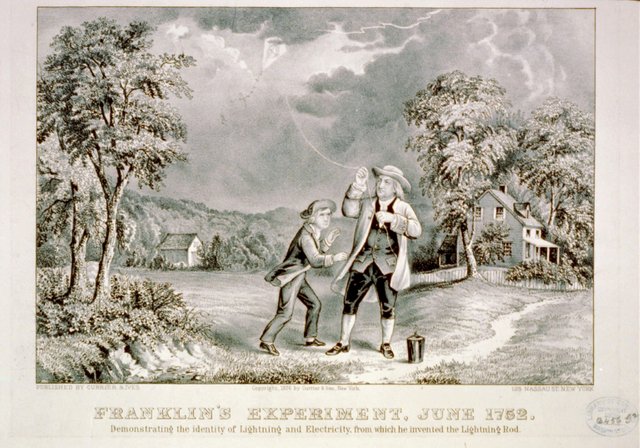
Benjamin Franklin lightning experiment: wikimedia
Most people give credit to Benjamin Franklin. Having interest in many areas, he discovered and invented many things, including electricity in the mid-eighteenth century. Until then, many scientists had experimented with static electrical energy, however, Franklin came to the conclusion that they were positive and negative charges, and that electricity floated between them. He also believed that lightning was a form of electricity.
Electricity was not invented but discovered, since it is a force of nature. However, it must have been understood to use it as we do today.
The evolution of electricity
The study of electricity began extensively after Benjamin Franklin experiment. In 1776, Charles Augustin de coulomb invented the torsion balance, that allowed him to measure very small electrical charges and experimentally determine the force of attraction between two charged bodies. The results he obtained from his experiment through the use of torsion balance enabled Charles Augustin de Coulomb to come up with one of the basic laws of electro-magnetism which states that the force of attraction between two bodies was directly proportional to the product of their charges and inversely proportional to the square of the distance between the two bodies. Coulomb is the fundamental unit of electric charge.
In 1800, Alessandro Volta invented the first electric pile, the forerunner of the modern battery. Earlier in 1780, Galvani, an Italian physician and anatomist, was experimenting with dissected frogs’ leg and their attached spinal cords, mounted on iron or brass hooks. In most of his experiments, the frog leg could be made to twitch with a probe made of another metal. These observation convinced Galvani that he had found a new form of electricity, which was being generated by the frog’s muscles. He called the phenomenon “animal electricity”.
Volta, who believed that muscle contractions were the result of the contact of metals with the muscle. His later inputs allowed him to elaborate a chemical cell capable of producing continuous current, as well as developing the stack. Volts is the unit of measurement of the electrical potential, Voltage.
Between 1801 to 1815, Sir Humphry Davy used the Volta battery to perform experiments which is now called electrolysis and was able to isolate a series of substances for the first time – potassium and sodium in 1807 and calcium, strontium, barium, and magnesium the following year. His study of these forces involved in the separations of substances, gave birth to the new field of electrochemistry. In 1815 he invented the safety lamp for miners. His most important discovery was made that same year, when he discovers the young Michael Faraday and takes him as an assistant.
In 1820, Danish physicist and chemist Hans Christian Oersted during a lecture discovered that electric currents create magnetic fields, Oersted noticed a compass needle deflected from magnetic north when an electric current from a battery was switched on and off, this was the first connection found between electricity and magnetism. Oersted is the unit of measurement of Magnetic reluctance.
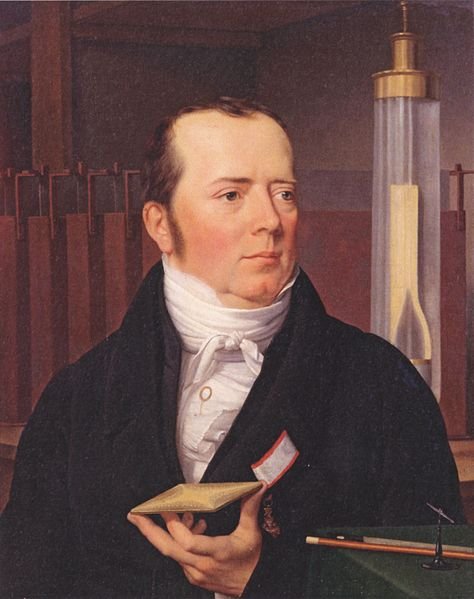
Hans Christian Oersted: wikimedia
In 1823, Andre-Marie Ampere established the principles of electrodynamics, he came to the conclusion that electromotive force was the product of two effects: voltage and current. Ampere was able to produce an excellent mathematical result of Oersted experiment. Ampere is the unit of measurement of electric current.
In 1826, the German physicist Georg Simon Ohm came up exactly with law of electric currents, defining the relationship between voltage and current. Since then, this law has been known as Ohm’s law.
In 1831, Michael Faraday found out that a wire placed vertically and carrying electrical current continuously rotated round a magnet. He named this electro-magnetic rotation. Faraday showed that it is possible to produce continuous motion from the interaction of electricity and magnetism. This was Faraday first independent contribution to electro-magnetism, a field in which he would make many important discoveries. It is the first time that continuous motion had been produced from chemical energy. Ten years went by before Faraday made another breakthrough. He discovered the electro-magnetic induction and invented the first electrical transformer.
Later in 1879, Thomas Edison produced the first incandescent lamp, one that would last a long time before burning out. The problem was finding a very good material for the filament, the small wire inside the bulb that conducts electricity. Finally, Edison used ordinary cotton thread that had been soaked in carbon. This filament didn’t burn at all, it became incandescent. Edison developed an electrical generating system that could provide people with a continuous source of energy to power these new lights. Edison wanted a way to make electricity inexpensive and practical.
In conclusion
Having gone through this history, electricity has helped shaped our lives in so many ways such as in education, health care, modern means of transportation, air traffic control system, street lights, washing machines, the ability to recharge cell phones, lights, refrigerators, electric ovens, most forms of communication, radio and television, all need electricity to function, as all these becomes useless when electricity supply is interrupted. Electricity has a huge impact on most lives as its absence makes life difficult and may even threaten the stability of even the most advanced civilizations.
References
TVA kids: history of electricity
Wikipedia: Electricity
The need project: history of electricity
The Historical Archive: The history of electricity - A Timeline
If you write STEM (Science, Technology, Engineering, and Mathematics) related posts, consider joining #steemSTEM on steemit chat or discord here. If you are from Nigeria, you may want to include the #stemng tag in your post. You can visit this blog by @stemng for more details. 
I'm a proud member of @promo-mentors where you get mentored and guided on how to make quality posts on steemit amongst other benefits. Do join us on discord. We anticipate your arrival.

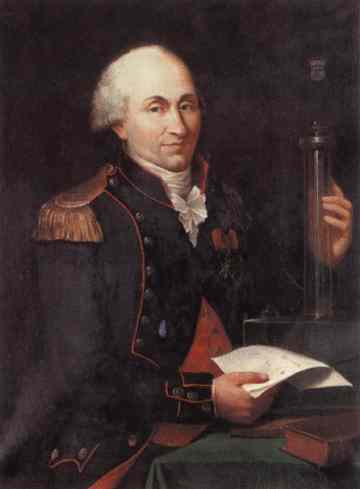
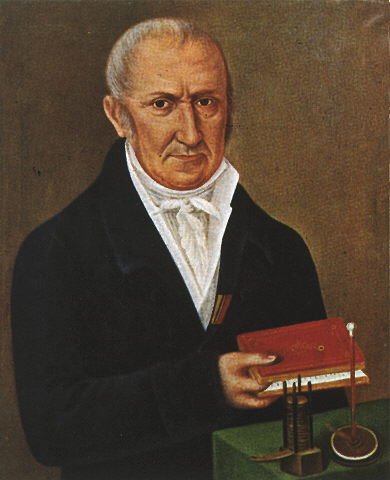
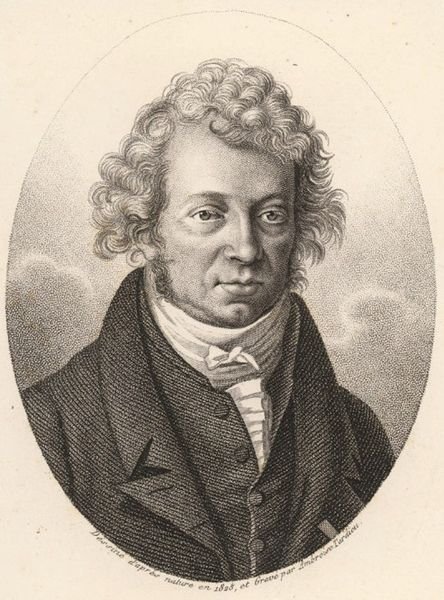
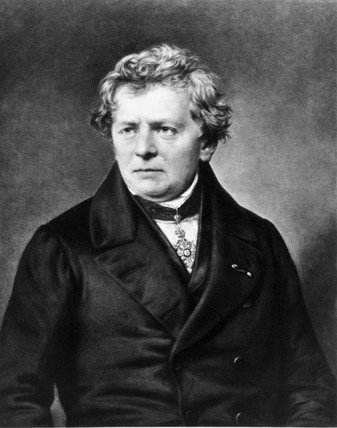
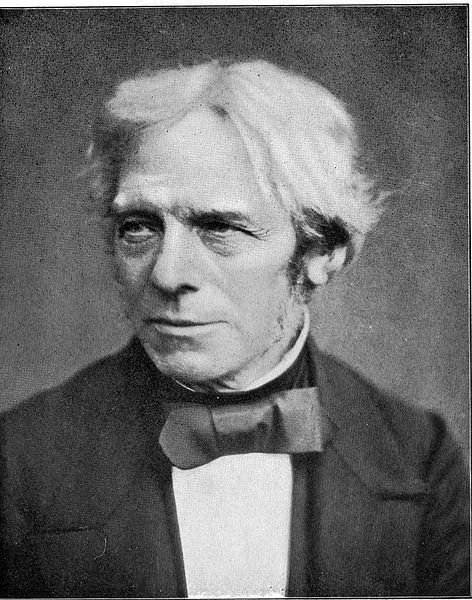
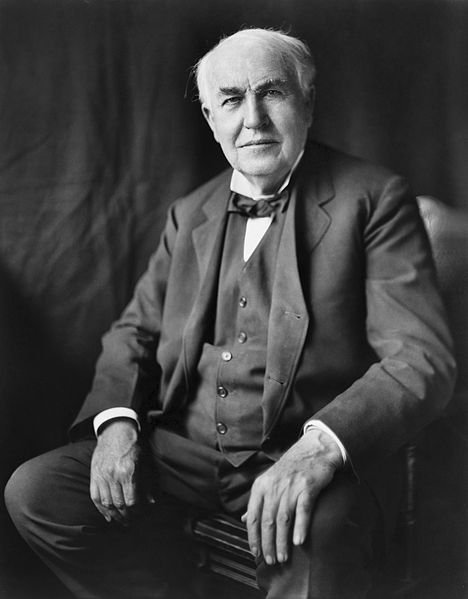
✅ @doctorchungs, I gave you an upvote on your first post! Please give me a follow and I will give you a follow in return!
Please also take a moment to read this post regarding bad behavior on Steemit.
actually a good read i must say. Good to see how electricity evolved through time.
Thanks a lot for the nice comment.
hi @doctorchungs welcome to steemit and steemstem. you sure will enjoy your time here!
meanwhile, if you haven't, join the steemstem community on discord where you can get a mentor (if you wish) to guide you accordingly.
Cheers!

It's pleasing to know how electricity has evolved over the years. This is a good read.
Thank you for taking the time out to read my post.
Congratulations @doctorchungs! You have completed some achievement on Steemit and have been rewarded with new badge(s) :
Click on any badge to view your Board of Honor.
For more information about SteemitBoard, click here
If you no longer want to receive notifications, reply to this comment with the word
STOPGlad you finally here, welcome aboard